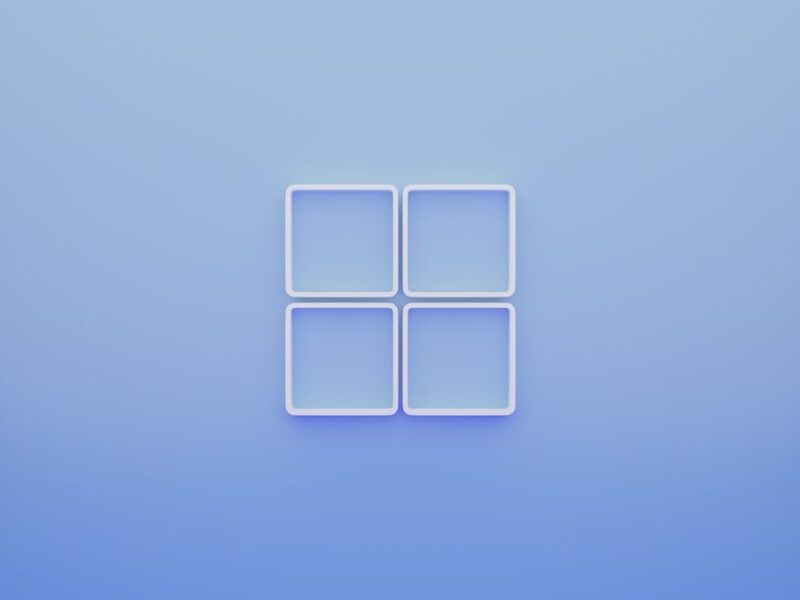Personal health records (PHR) have emerged as a significant tool in modern healthcare, granting individuals the ability to actively manage their health information. By centralizing vital data, PHRs enhance not only personal health management but also facilitate improved communication with healthcare providers. Understanding the mechanics and advantages of PHRs can empower patients and reshape patient engagement in their healthcare journeys.
What are personal health records (PHR)?
Personal health records (PHR) are digital summaries of health information that individuals manage independently. Unlike electronic health records (EHR), which are maintained by healthcare providers, PHRs empower patients to oversee their own health data, allowing for a more personalized approach to health management.
Definition of PHR
A PHR is defined as a set of health-related data collected and controlled by the patient. This self-management aspect is critical, as it emphasizes the role of individuals in tracking their health status and medical history.
Types of data included
- Past medical visits: Documentation of previous consultations with healthcare providers.
- Allergies and family medical history: Information about known allergies and hereditary health conditions.
- Immunizations: Records of vaccinations received over time.
- Current health conditions: Details regarding ongoing health issues.
- Medications: A list of all current prescriptions.
- Surgeries: Documentation of past surgical procedures.
Evolution of PHRs
The concept of PHRs has evolved considerably since its inception in the 1990s. Over time, technology advancements have played a crucial role in their development.
Historical background
The origins of PHRs can be traced back to early attempts to digitize health records for increased accessibility. The introduction of commercial PHR systems marked a significant step forward in making health data more manageable for patients.
Technology adoption
Key milestones include major tech companies like Microsoft and Google launching their PHR products, which spurred wider interest and adoption. These initiatives helped to popularize the concept of managing one’s own health data.
Impact of COVID-19
The COVID-19 pandemic further accelerated the utilization of PHRs, especially as many individuals sought to keep track of vaccination records and related health information. This shift highlighted the importance of having accessible digital health records in times of crisis.
Future of PHRs
Looking ahead, the future of PHRs appears promising, driven by technological advancements and growing emphasis on personalized medicine.
Technological advancements
Future PHR developments are likely to incorporate genomic data and wearable technology, allowing for a more comprehensive view of an individual’s health status.
Personalized medicine trends
As healthcare moves toward more individualized solutions, PHRs will serve as pivotal tools in enabling tailored health management strategies.
GDPR’s impact on PHRs
The General Data Protection Regulation (GDPR) has significant implications for how personal health data is managed within PHRs.
Overview of GDPR
Implemented to protect individual data rights, GDPR enforces strict guidelines for personal health information, ensuring that individuals have greater control over their data.
Data protection requirements
Core principles of GDPR emphasize consent and transparency. Patients must be informed about how their data is used and provide explicit consent for its management.
Noncompliance risks
For PHR providers, failing to adhere to GDPR regulations can lead to severe legal implications and penalties, highlighting the necessity for compliance in digital health tools.
Types of PHRs
PHRs come in various forms, categorized based on their relationship to healthcare organizations.
Standalone PHRs
Standalone PHRs operate independently from healthcare providers, allowing users to manage their health data without reliance on external systems.
Tethered PHRs
Tethered PHRs connect directly to healthcare organizations, and there is ongoing debate regarding whether these should be classified as true PHRs, given their limited user control.
Differences between PHRs and EHRs
Understanding the differences between PHRs and EHRs is essential for grasping their respective roles in healthcare.
Control and access
PHRs offer patient-controlled access to their health data, whereas EHRs are maintained by healthcare providers, limiting patient autonomy.
Purpose and functionality
While PHRs focus on giving patients a centralized view of their health records, EHRs primarily serve healthcare providers by documenting and managing patient care.
Benefits of PHRs
The advantages of utilizing PHRs extend beyond individual users, fostering better healthcare outcomes.
Patient engagement
PHRs enhance patient involvement in health management, encouraging active participation in their healthcare decisions.
Access during emergencies
Having personal health data readily accessible can be vital in emergency situations, ensuring timely care.
Care coordination
PHRs improve management and communication between patients and healthcare providers, streamlining care coordination.
Cost efficiency
By reducing administrative burdens on healthcare organizations, PHRs contribute to overall cost efficiency in healthcare delivery.
Barriers to PHRs
Despite their benefits, several barriers hinder the widespread adoption of PHRs.
Data accuracy challenges
Risks associated with self-reported data can lead to concerns about accuracy and reliability.
Privacy and security issues
Standalone PHRs face significant challenges regarding privacy and security, particularly in relation to HIPAA compliance.
Adoption and usage disparities
Factors such as technological literacy and socioeconomic status can influence PHR acceptance and usage across different demographics.
Current PHR software
The landscape of PHR software continues to evolve, with various tools available to patients looking to manage their health information.
Available solutions
Some prominent PHR tools include Apple’s Health app and Epic’s MyChart, each offering unique features tailored to user needs.
Market trends
The PHR software market is witnessing consolidation and ongoing evolution, reflecting the increasing importance of digital health tools in modern healthcare.

